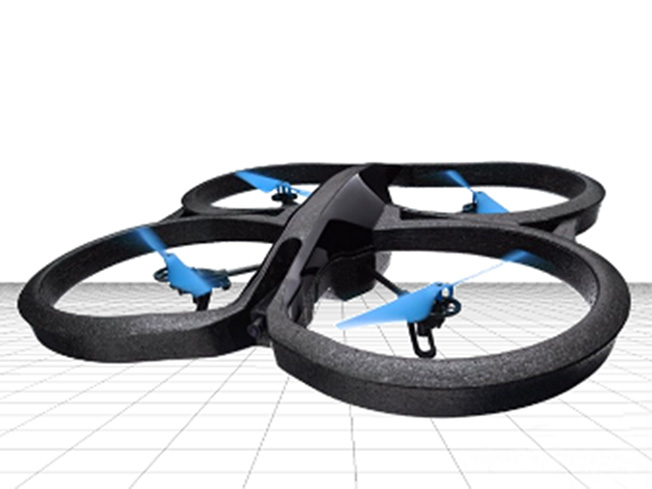Register now: New MOOC at TUM starting May 6th
Online course “Autonomous Navigation for Flying Robots”

The TUM is the first German university to offer an MOOC on the international platform edX, which has several million registered users. edX is a non-profit organization founded by MIT, Harvard University and the University of California, Berkeley. The platform’s source code is to be posted as open-source code and is being further developed by a willing community of contributors.
Thanks to these courses, which are free-of-charge and do not involve any pre-conditions, Internet users around the world can receive further training in a wide range of different fields. The creators of the new English-language course "Autonomous Navigation for Flying Robots" from the TUM Chair for Computer Vision and Pattern Recognition are working on methods to simplify the control of quadrotor for users. The idea is for the quadrotor to be as autonomous as possible in terms of navigation and capable of reacting independently to environmental influences – without human pilots.
One of the special features of the online course is the quadrotor simulator, which was developed by the team working with Dr. Jürgen Sturm and Prof. Daniel Cremers, which will run directly in the web browser. It is used to intensify the practical learning of participants by enabling them to solve a number of small programming problems using the simulator, e.g. to calculate the position of the quadrotor or follow a flight path using a series of waypoints.
The TUM follows the policy of the “digital University”, gathering experience in the area of MOOCs with international participants and regularly offering courses on the platforms edX and Coursera. The MOOCs are produced in the TUM’s own format, thereby going considerably further than the past technique of simply filming a lecture. For the TUM, such courses are an opportunity for the University to impart its knowledge beyond its walls, to reach prospective students around the globe and to introduce them to the world of science. Moreover, they are a platform for testing new innovative teaching concepts. Depending on the MOOC, participants can complete interactive exercises, access further learning material and exchange opinions in online forums. Participants then take an exam at the end of the course. Students at TUM can earn ECTS credits when they participate in an English-language MOOC.
- Registration and further information about "Autonomous Navigation for Flying Robots"
- Website of the lecture "Visual Navigation for Flying Robots“
More information:
- MOOCs at TUM
- Hochschulforum "Digitalisierung" (with TUM Vice President Hans Pongratz, in German only)